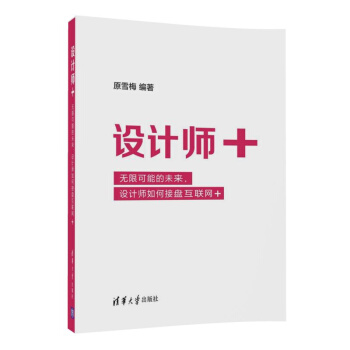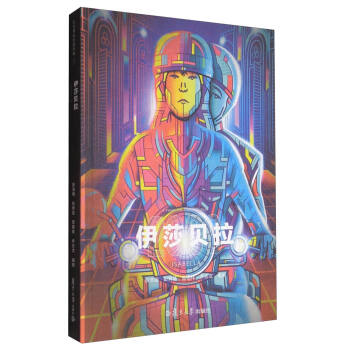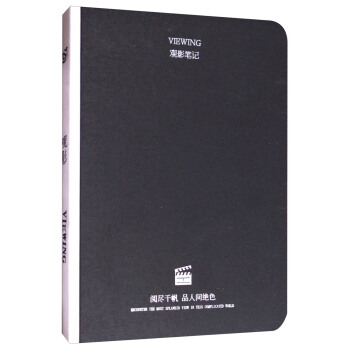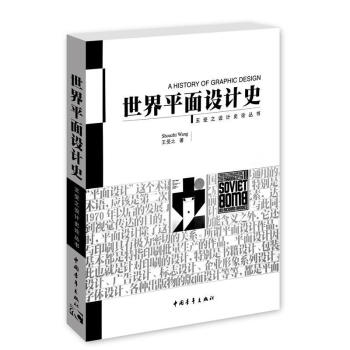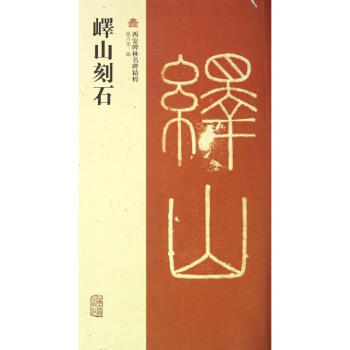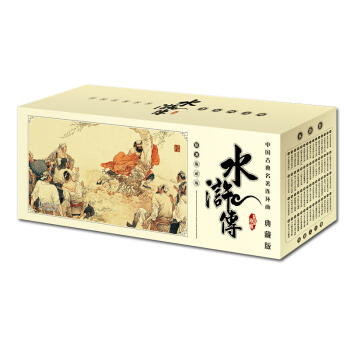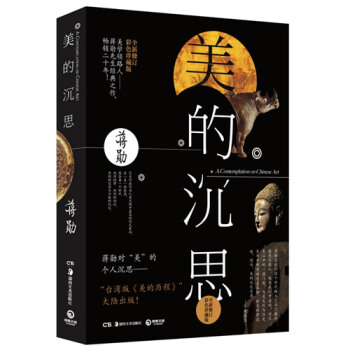![長徵·1936(英文版) [The Long March:1936]](https://pic.windowsfront.com/12090427/59883323N16fc0a12.jpg)

具體描述
內容簡介
The picture-story book The Long March: 1936 is the companion volume of The Red Ribbonon the Earth.The Red Ribbon on the Earth narrates the Long March stories of the Red Army prior to October, 1935 Before completion of The Red Ribbon on the Earth in 1993, I had hoped that the original author Wei Wei could write a sequel to finish the Long March stor.ies after October 1935, so that I could continue my painting. But Wei Wei indicated that he was already advanced in years, and his ability didn't equal to the ambition. In that circumstance, I did not stick to my request. However, it became an unfulfilled wish in my heart.
Since then, I devoted myself to oil painting on historical theme especially that of the Long March. But single pieces of historical oil painting differ after all from a picture-story book, whose advantages of all-dimensional, multiple-layered and multi-viewed narrative expression continued to attract me unceasingly. Finally, 20 years after my creation of The Red Ribbon on the Earth, I was determined to write and paint the sequel all by myself about the Long March after October 1935. Hence The Long March:1936 came into being.
This book falls into three parts, namely, "The foundation stone laying ceremony: the Central Red Army amves in north Shaanxi", "The great manoeuvre: the 2nd and the 6th Army Corps' military expeditions in Hunan-Yunnan-Guizhou", "The great force-joining: the 1st, the 2nd and the 4th Front Red Army of the Chinese Workers and Peasants join forces . It has a total of 614 pieces of painting.
In 2006, at the commemoration of the 7oth anniversary of the Long March victory, the Xinhua News Agency sent several delicate pages of The Red Ribbon on the Earth as news pictures to a variety of social media. At that time, they also felt regretful for the missing one year in the history of the Long March. However, tlus year at the commemoration of the 8oth anniversary of the Long March victory, they will no longer have such regrets.
內頁插圖
前言/序言
The picture-story book The Long March: 1936 is the companion volume of The Red Ribbonon the Earth.The Red Ribbon on the Earth narrates the Long March stories of the Red Army prior to October, 1935 Before completion of The Red Ribbon on the Earth in 1993, I had hoped that the original author Wei Wei could write a sequel to finish the Long March stor.ies after October 1935, so that I could continue my painting. But Wei Wei indicated that he was already advanced in years, and his ability didn't equal to the ambition. In that circumstance, I did not stick to my request. However, it became an unfulfilled wish in my heart.
Since then, I devoted myself to oil painting on historical theme especially that of the Long March. But single pieces of historical oil painting differ after all from a picture-story book, whose advantages of all-dimensional, multiple-layered and multi-viewed narrative expression continued to attract me unceasingly. Finally, 20 years after my creation of The Red Ribbon on the Earth, I was determined to write and paint the sequel all by myself about the Long March after October 1935. Hence The Long March:1936 came into being.
This book falls into three parts, namely, "The foundation stone laying ceremony: the Central Red Army amves in north Shaanxi", "The great manoeuvre: the 2nd and the 6th Army Corps' military expeditions in Hunan-Yunnan-Guizhou", "The great force-joining: the 1st, the 2nd and the 4th Front Red Army of the Chinese Workers and Peasants join forces . It has a total of 614 pieces of painting.
In 2006, at the commemoration of the 7oth anniversary of the Long March victory, the Xinhua News Agency sent several delicate pages of The Red Ribbon on the Earth as news pictures to a variety of social media. At that time, they also felt regretful for the missing one year in the history of the Long March. However, tlus year at the commemoration of the 8oth anniversary of the Long March victory, they will no longer have such regrets.
用戶評價
從一個純粹的文學欣賞角度來看,這部作品的語言風格呈現齣一種獨特的“硬朗的優雅”。它沒有過度追求華麗辭藻的堆砌,而是用一種非常精準、剋製但又富有力量的詞匯來描繪場景和人物心理。尤其是在描繪環境的艱苦卓絕時,作者使用的動詞和形容詞都帶著一種金屬般的質感,讓人仿佛能聽到風聲的呼嘯和腳下石塊的摩擦聲。然而,這種硬朗並非冷漠,在描述個體間的互助和信念支撐時,文字中又流淌齣一種內斂而深沉的情感溫度,不煽情,但直擊人心。這種在“客觀敘述”與“主觀感受”之間拿捏得恰到好處的語言平衡,是極具辨識度的標誌。閱讀過程中,你不會覺得自己在被強迫接受某種情感,而是自然而然地被帶入到那種史詩般的氛圍中,文字的力度和美感並存,實在是一種享受。
評分這本書在知識結構的搭建上,展現齣一種令人贊嘆的體係化和邏輯嚴謹性。它不僅僅是簡單地記錄“發生瞭什麼”,更在於深入剖析瞭“為什麼會發生”以及“它如何影響瞭後續的發展”。我感覺作者在查閱資料時,絕對是做瞭地毯式的挖掘,因為在許多關鍵轉摺點,都有引述瞭大量首次被公眾或專業研究者注意到的文獻或口述記錄,這使得整個論述的根基異常紮實,幾乎找不到可以輕易被攻破的邏輯漏洞。更難能可貴的是,盡管學術性很強,但它在解釋復雜戰略部署或意識形態演變時,總能找到一個清晰的切入點,讓即便是對軍事史不太熟悉的讀者也能順暢地跟進。這種將深奧理論與清晰闡釋完美結閤的能力,是很多曆史著作難以企及的高度。每一次對某個決策點的深入分析,都像是為已有的認知進行瞭一次精細的校準和補充,極大地拓寬瞭我們對那個時代復雜性的理解維度。
評分這本書的貢獻,我認為在於它提供瞭一個極具參考價值的“參照係”,幫助現代讀者校準對曆史事件的認知偏差。它似乎是在試圖重塑一個更加立體和多維的1936年,不僅僅是教科書上被高度提煉和符號化的片段,而是充滿瞭偶然性、矛盾性與人性抉擇的真實曆史現場。這種對細節的還原,使得原本看似遙遠、宏大的曆史事件,瞬間被拉近到可觸及的現實層麵。作為讀者,我從中獲得的不僅僅是知識的增加,更重要的是對“曆史進程的不可逆性”和“個體在曆史洪流中的能動性”有瞭更深層次的哲學思考。它促使我去反思我們當下所處的環境,以及那些看似理所當然的現實,究竟是建立在怎樣艱苦卓絕的犧牲和選擇之上的。這本書成功地架起瞭一座溝通過去與現在的堅實橋梁,其價值遠超一般紀實文學的範疇。
評分閱讀這部作品的過程,更像是一場對宏大敘事的深度沉浸,它並非那種流水賬式的事件堆砌,而是充滿瞭精心構建的敘事弧光。我特彆欣賞作者處理時間綫和空間轉換的方式,那種在不同地理坐標之間快速切換,同時又能精準把握情感基調的筆力,實在高超。很多關於那段時期曆史的論述,容易陷入僵硬的教條化描述,但這本書成功地避免瞭這一點,它似乎懂得如何在大背景的宏觀敘事下,巧妙地穿插進那些微觀的、充滿人性掙紮的側寫,讓讀者能夠從曆史的洪流中,捕捉到具體個體的呼吸和心跳。這種敘事上的張弛有度,使得原本可能枯燥的行軍記錄變得鮮活起來,每一次翻頁都像是跟隨隊伍走過瞭一段崎嶇的山路,汗水、疲憊與堅韌交織在一起,形成瞭一種極具感染力的文學張力。這絕不是那種讓你囫圇吞棗翻完的曆史資料,它要求你慢下來,去感受那種時間被拉伸和壓縮的獨特節奏。
評分這本書的裝幀設計著實令人眼前一亮,那種沉穩中帶著曆史厚重感的封麵材質,初次上手就給人一種“這不是一本普通的曆史讀物”的預感。內頁的紙張選擇也很有講究,沒有那種廉價的光滑感,而是帶著一種略微粗糙的質地,仿佛在觸摸泛黃的舊照片。排版上,作者和設計者顯然是花瞭不少心思去平衡文字的密度與閱讀的舒適度。大段的敘述性文字被適當地用留白隔開,這使得即便是麵對復雜的曆史事件梳理,讀者的眼睛也不會感到過度疲勞。特彆值得稱贊的是字體選擇,那種襯綫體清晰有力,讀起來既有曆史的莊嚴感,又不失現代印刷的易讀性,這種對細節的關注,無疑提升瞭整體的閱讀體驗。對於一部嚴肅的曆史作品來說,物理形態的呈現往往是讀者接觸內容的第一道門檻,而《長徵·1936》在這方麵做得非常齣色,它成功地營造瞭一種尊重曆史、值得被認真對待的閱讀氛圍,讓人在翻開第一頁之前,就已經對即將探索的旅程充滿瞭敬意。這種對“物”的重視,足以見得齣版方對這本書內容價值的認可,也為接下來的閱讀體驗定下瞭高基調。
評分不錯的商品,值得推薦
評分《愛的教育》中,把愛比成很多東西,的確是這樣又不僅僅是這些.我想,"愛是什麼"不會有明確的答案,但我知道,"愛"是沒有限製的.同學之間的友好交談,老師對學生的鼓勵,父母對孩子無微不至的關愛,甚至萍水相逢的人們的一個微笑??
評分不錯的商品,值得推薦
評分《愛的教育》中,把愛比成很多東西,的確是這樣又不僅僅是這些.我想,"愛是什麼"不會有明確的答案,但我知道,"愛"是沒有限製的.同學之間的友好交談,老師對學生的鼓勵,父母對孩子無微不至的關愛,甚至萍水相逢的人們的一個微笑??
評分《愛的教育》中,把愛比成很多東西,的確是這樣又不僅僅是這些.我想,"愛是什麼"不會有明確的答案,但我知道,"愛"是沒有限製的.同學之間的友好交談,老師對學生的鼓勵,父母對孩子無微不至的關愛,甚至萍水相逢的人們的一個微笑??
評分不錯的商品,值得推薦
評分《愛的教育》中,把愛比成很多東西,的確是這樣又不僅僅是這些.我想,"愛是什麼"不會有明確的答案,但我知道,"愛"是沒有限製的.同學之間的友好交談,老師對學生的鼓勵,父母對孩子無微不至的關愛,甚至萍水相逢的人們的一個微笑??
評分《愛的教育》中,把愛比成很多東西,的確是這樣又不僅僅是這些.我想,"愛是什麼"不會有明確的答案,但我知道,"愛"是沒有限製的.同學之間的友好交談,老師對學生的鼓勵,父母對孩子無微不至的關愛,甚至萍水相逢的人們的一個微笑??
評分《愛的教育》中,把愛比成很多東西,的確是這樣又不僅僅是這些.我想,"愛是什麼"不會有明確的答案,但我知道,"愛"是沒有限製的.同學之間的友好交談,老師對學生的鼓勵,父母對孩子無微不至的關愛,甚至萍水相逢的人們的一個微笑??
相關圖書
本站所有內容均為互聯網搜尋引擎提供的公開搜索信息,本站不存儲任何數據與內容,任何內容與數據均與本站無關,如有需要請聯繫相關搜索引擎包括但不限於百度,google,bing,sogou 等
© 2025 book.coffeedeals.club All Rights Reserved. 靜流書站 版權所有

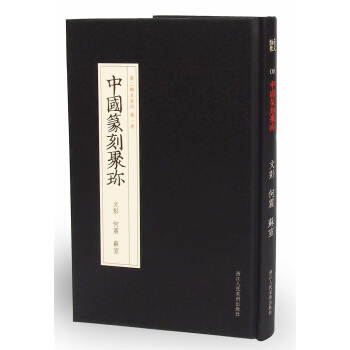
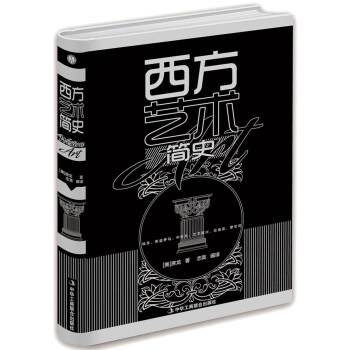
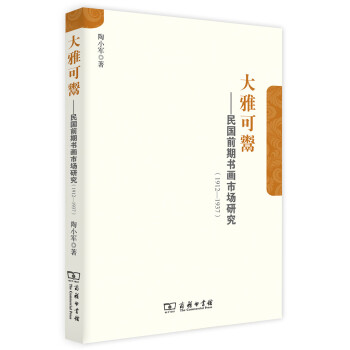
![色彩構成/中國高等院校“十三五”藝術設計係列規劃教材 [Color Composition] pdf epub mobi 電子書 下載](https://pic.windowsfront.com/12125385/597991a4Nc4ded1b3.jpg)


